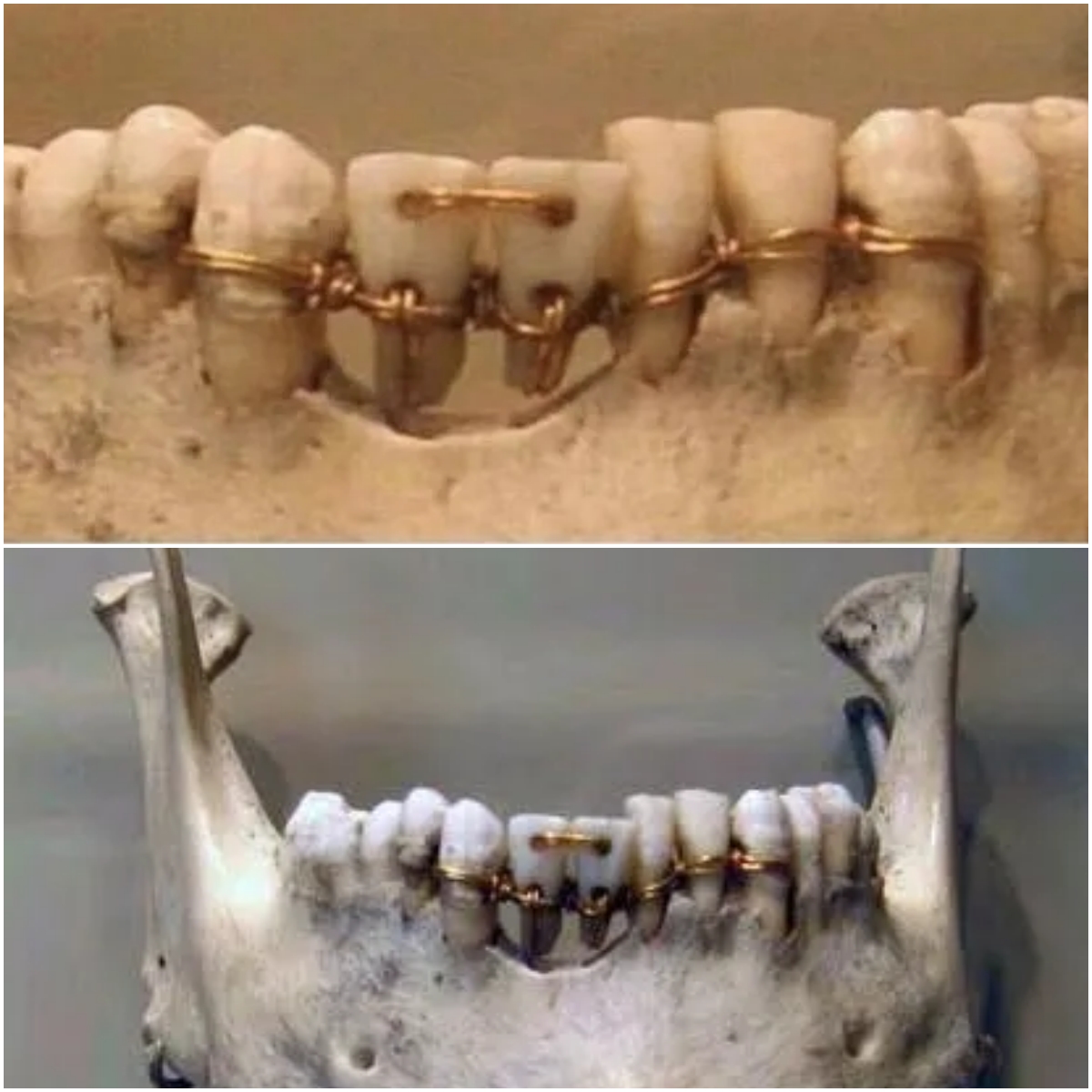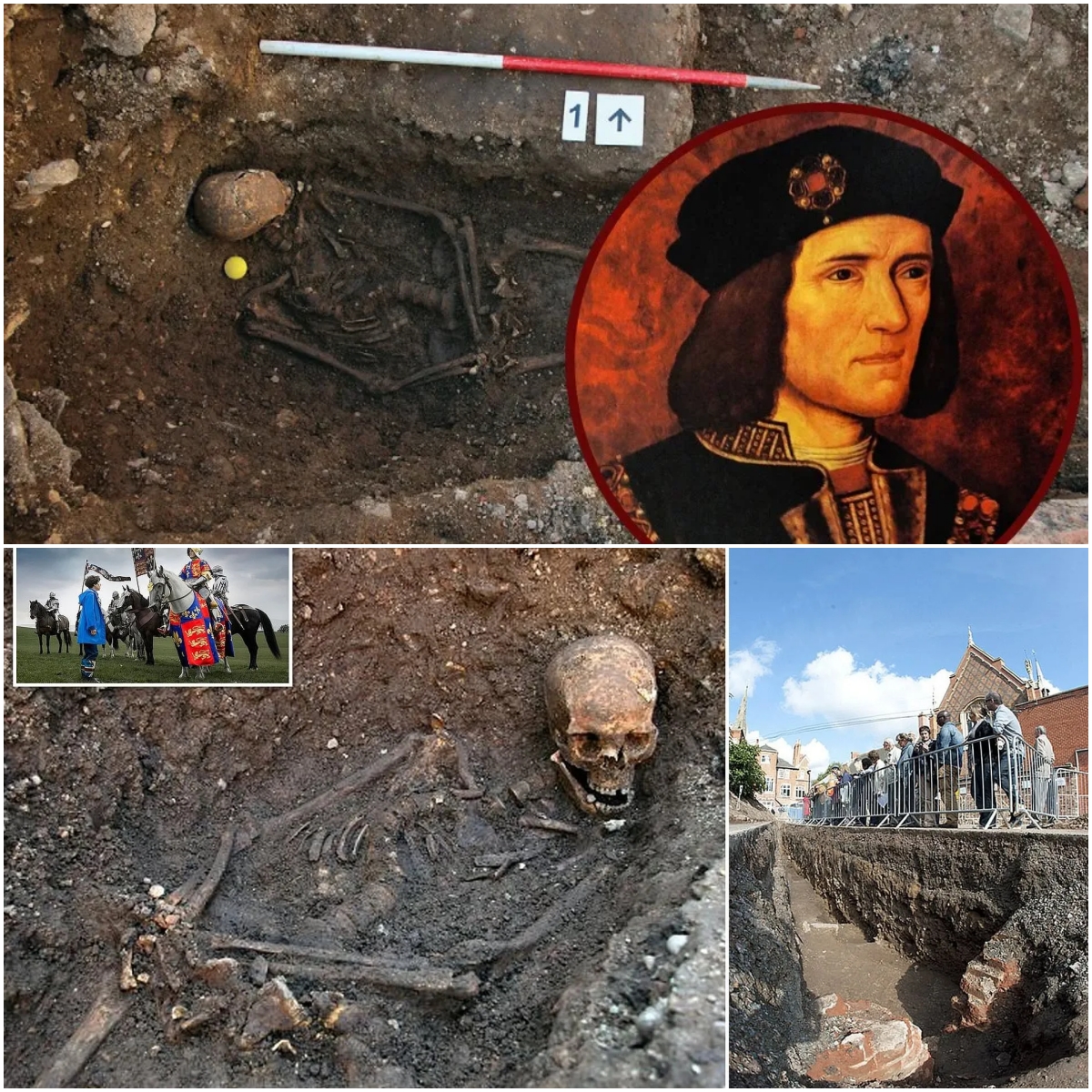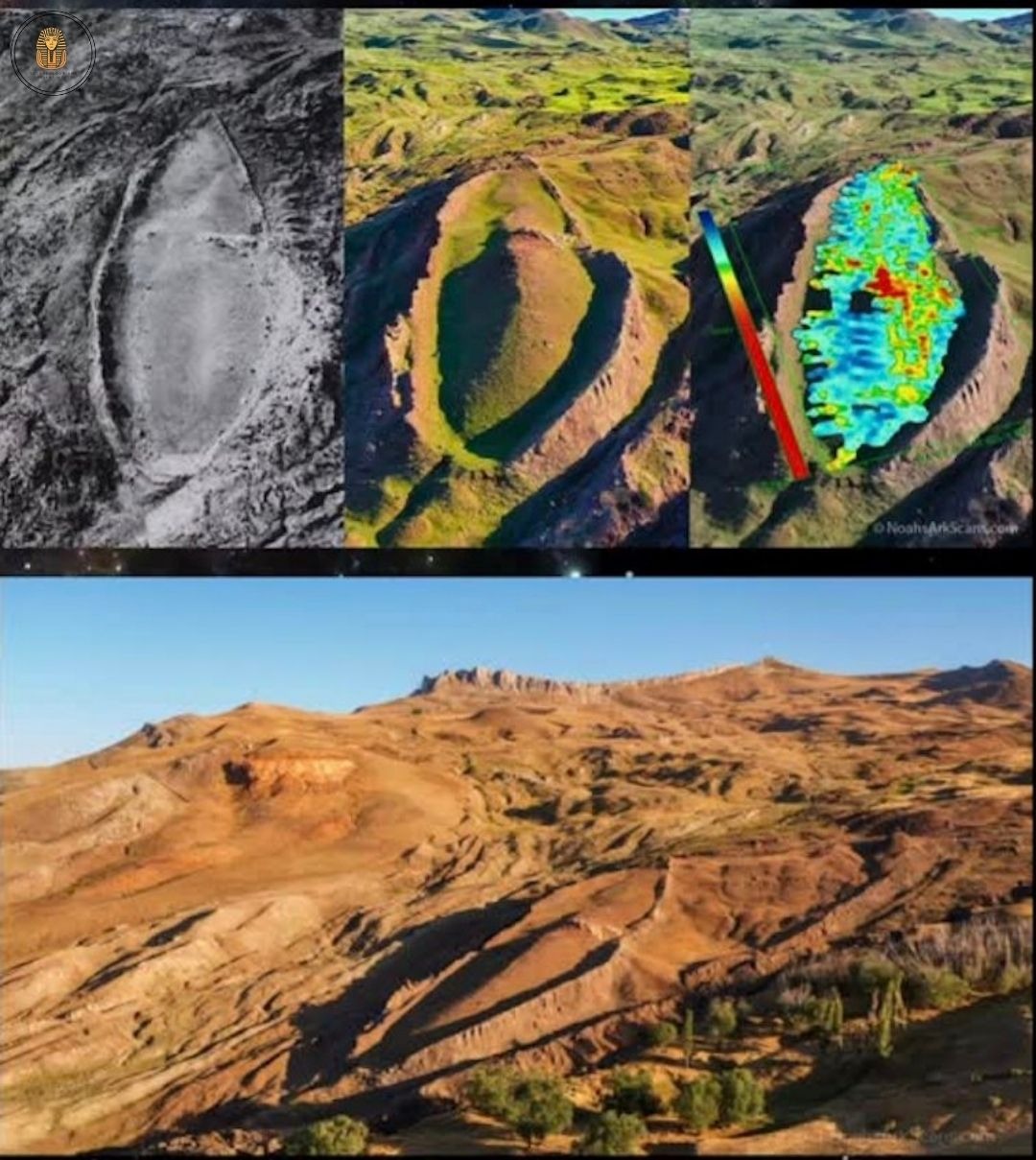Shroud of Turin in 3D: A Fake Unveiled?

In late August of this year, researchers fanned the flames of hell by claiming that a piece of cloth found 2,000 years ago was, in fact, the Shroud of Turin. Now, this controversial claim has been refuted by a new analysis using virtual simulation software. The researcher in question has shown that the Shroud was probably created by pressing a cloth onto a flat or shallowly contoured surface, such as a bas-relief or carved figure, rather than a complete human form, thus removing Jesus of Nazareth from the equation. .
Jesus, not Christ: Science to the rescue!
Cicero Moraes’ recent forensic research has been published by Elsevier, adding another layer to the long-running debate over the Shroud of Turin. Moraes, a specialist in forensic facial reconstruction, maintains that if the shroud had actually been wrapped around a human body, the resulting image would appear greatly distorted due to the natural contours of a three-dimensional shape.
“When a 3D object is wrapped with a cloth, and that object leaves a pattern like blood stains, these stains generate a more robust and deformed structure in relation to the source. So, roughly speaking, what we see as a result of printing spots on a human body would be a more swollen and distorted version of it, not an image that looks like a photocopy. A bas-relief, however, would not cause the image to be deformed, resulting in a figure that resembles a photocopy of the body,” Moraes explained to The Telegraph.

Using the aforementioned software, he demonstrated that a cloth placed over a body and then spread would show stretched and deformed features, details that differ markedly from the current image of the shroud.
This finding highlights a concept known as the “Agamemnon mask effect,” in which a cloth wrap produces elongated, distorted features due to the curved surface of a face or body. According to Moraes, anyone can observe this effect by wrapping their face in a pigmented paper towel.
“Any careful adult can try this at home. For example, painting your face with a pigmented liquid, using a large napkin or paper towel or even a cloth, and wrapping it around your face. Then, take out the fabric, lay it out on a flat surface, and look at the resulting image. This deformation is known as the ‘Agamemnon mask’ effect, since it resembles that ancient artifact,” he explained.
The resulting footprint, when flattened, would be disproportionate, with an unusual dispersion of facial elements. In contrast, the image of the Holy Shroud is comparatively balanced and does not show this expected distortion. This is in contrast to previous Christian claims, which allege that this was the actual cloth used to wrap Christ’s corpse, after his crucifixion.
Shrouded in mystery: murky origins
The shroud has long baffled researchers, especially because its provenance remains uncertain. Initially recorded in 1354 in France, it faced skepticism from the beginning, with the Bishop of Troyes declaring it a forgery just decades after its debut. Radiocarbon dating in the 1980s further indicated a medieval origin, The Daily Mail reports.
However, recent analyzes by Italian researchers have brought back the possibility of an older date, with materials on the cloth aligning with those from the ancient fortress of Masada, which could date it to around the time of Jesus’ life.
Despite this dating complexity, Moraes’ recent simulation suggests that, regardless of whether the cloth itself is ancient or not, the image could not have formed around a three-dimensional body. This suggests that its creation was a medieval artistic interpretation intended to inspire or evoke reverence among Christian followers rather than as an authentic funerary cloth.

“People generally divide into two camps in debates. “On the one hand, there are those who think that it is an authentic shroud of Jesus Christ and, on the other, those who think that it is a fake. But I am inclined towards another perspective: that it is a work of Christian art, which has been able to convey with great success the message it intended to convey. It seems to me rather a non-verbal iconographic work that has very successfully fulfilled the purpose of the religious message it contained,” Moraes concluded.






